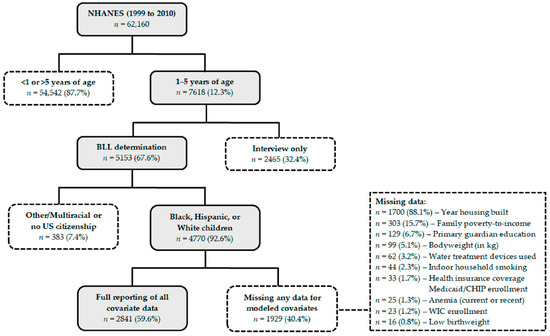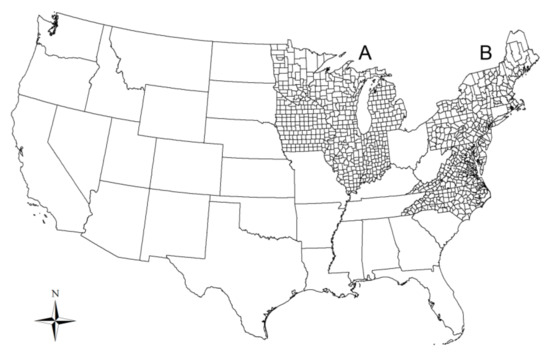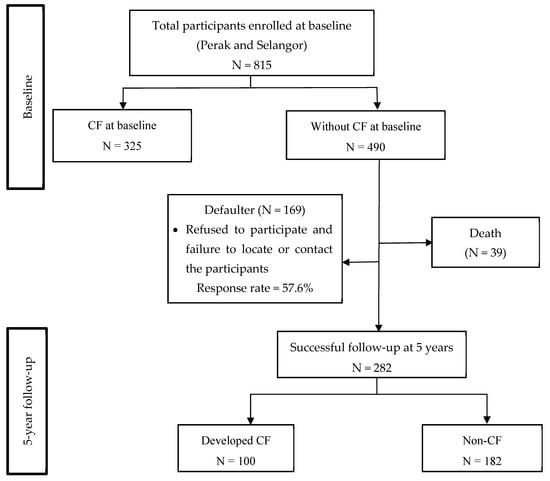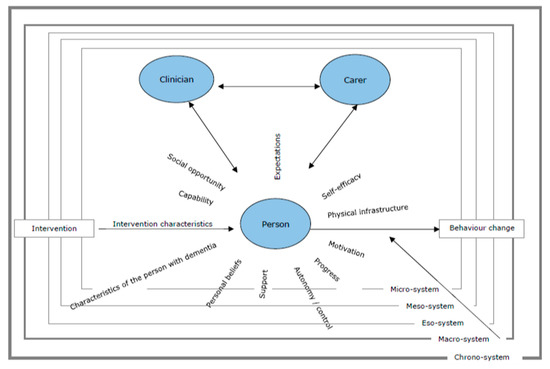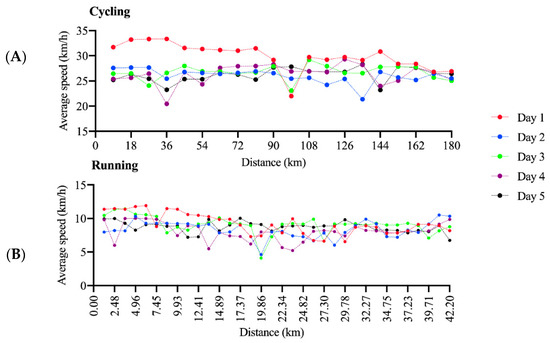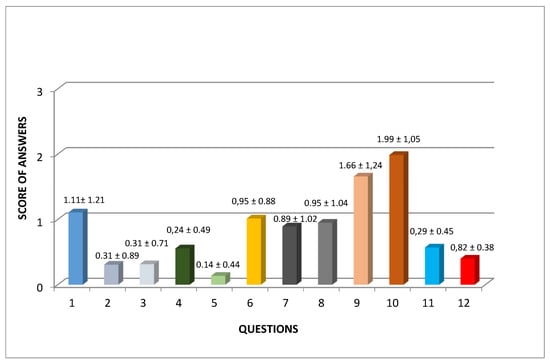Int. J. Environ. Res. Public Health 2020, 17(5), 1555; https://doi.org/10.3390/ijerph17051555 - 28 Feb 2020
Cited by 15 | Viewed by 3548
Abstract
As a constructed wetland ecosystem, paddy field plays an irreplaceable role in flood storage and detention, groundwater replenishment, environmental protection, and ecological balance maintenance. New paddy field construction can give full play to the production and ecological functions of paddy field and can
[...] Read more.
As a constructed wetland ecosystem, paddy field plays an irreplaceable role in flood storage and detention, groundwater replenishment, environmental protection, and ecological balance maintenance. New paddy field construction can give full play to the production and ecological functions of paddy field and can adjust the development structure of the agricultural industry effectively. The soil properties of shear strength and permeability, which provide a theoretical basis for engineering design, construction, and post-operation, are important indexes in the site selection of new paddy field. The shear strength and permeability properties of soils from different land use types (vegetable field, gentle slope dryland, corn field, grapery, and abandoned dryland) for engineering new paddy field construction were investigated in this study. The results showed that the soil water content had a significant effect on the soil shear strength, internal friction angle, and cohesion. The total pressure required for soil destruction decreased with increasing water content under the same vertical pressure, resulting in easier destruction of soils. The internal friction angle decreased with increasing soil water content, and the soil cohesion first increased and then decreased with increasing soil water content. Considering that paddy fields were flooded for a long time, the soil strength properties had certain water sensitivity. Effective measures must be taken to reduce the change in soil water content, so as to ensure the stability of the embankment foundation, roadside ditch foundation, and cutting slope. In addition, the influence of changing soil water content on the strength properties of paddy soils should be fully considered in engineering design and construction, and the soil bulk density at the plough pan should reach at least 1.5 g cm−3 or more to ensure better water retention and the anti-seepage function of paddy field. The study can provide construction technology for engineering new paddy field construction in a hilly mountainous region of southwestern China.
Full article
(This article belongs to the Section Environmental Science and Engineering)
►
Show Figures



